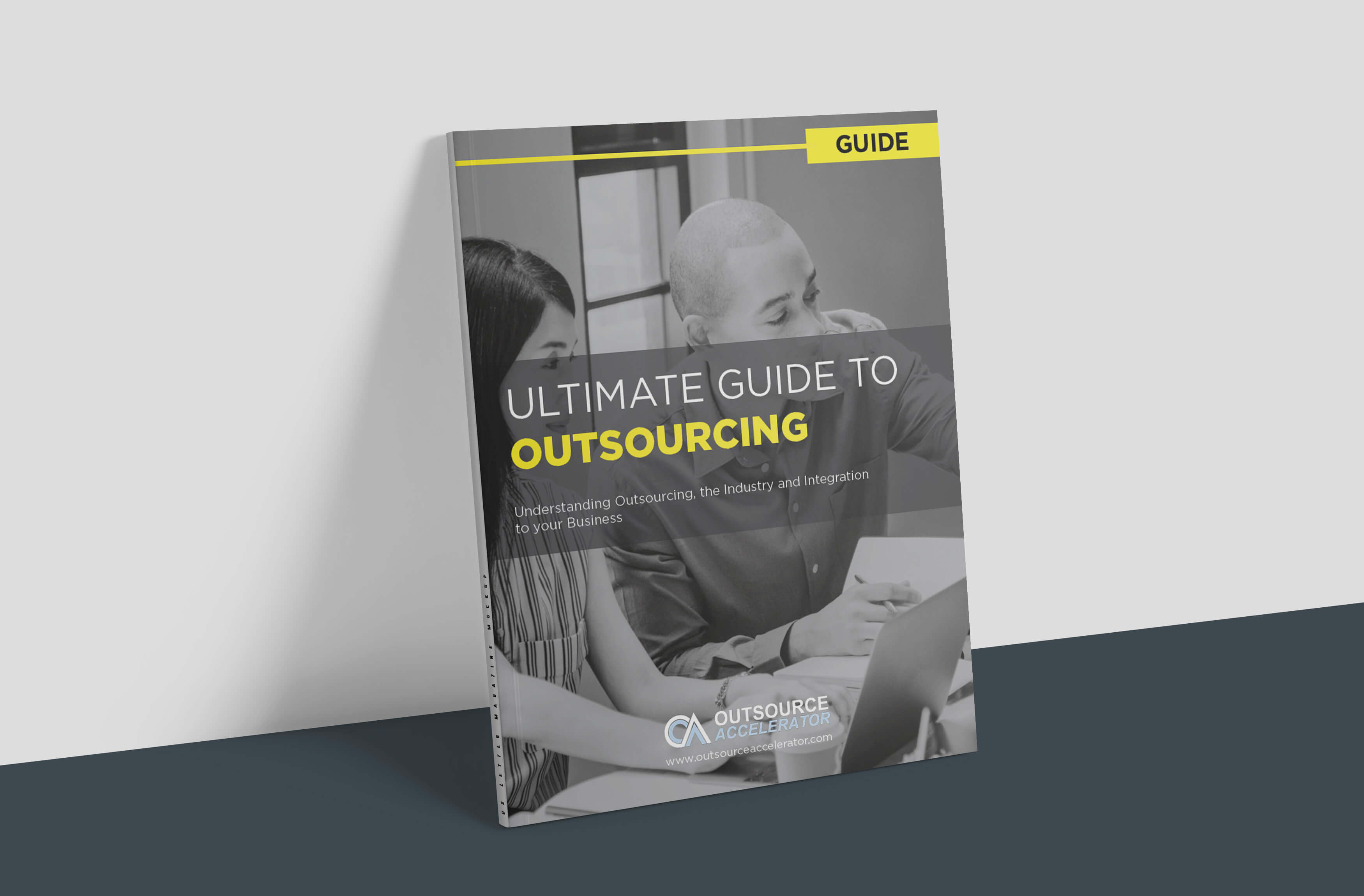6 accounts receivable best practices to improve your process

Accounts receivable (AR) is essential to maintaining a healthy cash flow and overall financial stability for businesses. Efficient AR management helps companies stay on top of outstanding invoices, reduce delays, and prevent costly mistakes.
However, managing AR can be time-consuming and complex, often leading to missed opportunities for optimization.
In this article, we will explore six key accounts receivable best practices that can significantly boost your business’s efficiency, reduce errors, and improve overall cash flow management.
Implementing these strategies will not only streamline your AR process but also strengthen your financial position.
How an ineffective accounts receivable process impacts your business
An ineffective AR process can have a significant negative impact on your business, disrupting cash flow and straining relationships with customers.
A poorly managed AR process leads to:
- Cash flow disruptions. Delayed payments and missed collections can create cash flow gaps, making it difficult to cover operational costs and invest in growth opportunities.
- Increased Days Sales Outstanding (DSO). A slow or disorganized AR process results in a longer time to collect payments, affecting how quickly your business can turn sales into cash.
- Customer frustration. Inconsistent or confusing billing and communication practices can frustrate customers, leading to a loss of trust and potentially damaged relationships.
- Higher operational costs. Without a streamlined AR process, businesses may need to allocate more resources to follow up on overdue accounts, increasing overhead costs.Legal and compliance risks. Failure to properly manage accounts receivable can lead to legal challenges, especially when disputes over unpaid invoices escalate. Businesses may also risk non-compliance with tax or financial reporting regulations.
- Damaged brand reputation. Poor AR practices reflect badly on your brand, signaling disorganization or unprofessionalism, which can turn customers away.
To avoid these risks, businesses should invest in an efficient AR process that optimizes cash flow, minimizes errors, and strengthens customer relationships.

6 accounts receivable best practices you must implement
Below are six essential accounts receivable best practices that will help optimize your AR process and improve overall financial management:
1. Set clear payment terms
Establishing and communicating clear payment terms with customers is critical. Make sure your terms are well-defined, specifying:
- Due dates
- Acceptable payment methods
- Any late payment penalties
This sets expectations early and reduces confusion, helping you avoid delayed payments. Your terms must be documented in contracts and invoices for easy reference.
2. Automate invoicing and payment reminders
Automation can significantly improve efficiency in AR management. Use invoicing software to automatically generate and send invoices, reducing manual errors and the time spent on repetitive tasks.
Setting up automatic payment reminders for customers helps keep your business at the top of their minds without straining your customer relationships.
3. Monitor accounts receivable aging reports regularly
Regularly reviewing your AR aging reports helps you identify overdue accounts and prioritize follow-ups. By analyzing these reports weekly or monthly, you can quickly spot late payments and take proactive measures to address them.
This approach helps keep your cash flow consistent and avoid payment delays.
4. Maintain strong client relationships
Building solid relationships with clients greatly helps with timely payments. Maintain open lines of communication and provide excellent customer service to encourage trust and loyalty.
When clients feel valued, they are more likely to pay on time. Additionally, addressing issues promptly can prevent disputes from escalating.
5. Offer flexible payment options
Offering clients multiple payment options, such as credit cards, bank transfers, or online payment platforms, can increase the likelihood of timely payments.
Flexibility makes it easier for customers to settle their bills, especially those who may have preferences for certain methods.
A convenient payment process can also reduce friction in the payment process.
6. Offshore accounts receivable management
Offshoring your AR functions to a third-party service provider, such as Catalyst BPX, can significantly improve efficiency. Offshoring collections, invoicing, and reporting let you free up internal resources and tap into specialized expertise.
Experienced AR professionals can handle routine tasks, follow up on overdue accounts, and ensure your process is efficient and compliant.

Offshore collections and accounts receivable support with Catalyst BPX
Offshoring your collections and accounts receivable support to Catalyst BPX can optimize your workflow, lower costs, and improve cash flow management. Contact Catalyst BPX today and see how their expert team can make a difference!







 Independent
Independent




